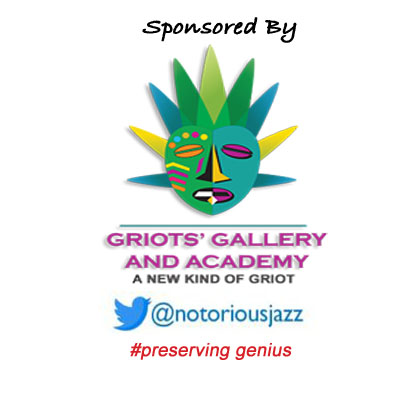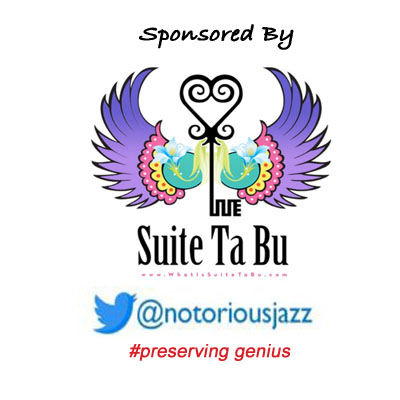
Daily Dose Of Jazz…
Einar “Pastor’n” Iversen was born July 27, 1930 in Mandal, Vest-Agder, Norway to a pastor. Raised in Oslo, Norway where he studied classical piano under Inge Rolf Ringnes, Artur Schnabel and Finn Mortensen. He quickly established himself on the Oslo jazz scene in 1949. He released his debut album with Rowland Greenberg’s Orchestra in 1953 and became one of the most respected Norwegian jazz musicians, and ws awarded Buddyprisen at 28 years old.
He played with Dizzy Gillespie at Birdland in 1952, on the America Boat with Anthony Ortega and the Modern Jazz Quartet. He was a regular pianist at Metropol Jazz Club, where he played with Dexter Gordon, Coleman Hawkins, Johnny Griffin, Svend Asmussen and Stuff Smith, among other visiting musicians. He recorded an album with his own trio, Me and My Piano, in 1967.
Beyond busy session work Einar led his own “E. I. Trio” with bassit Tor Hauge and drummer Jon Christensen. They released Norways first jazz trio recording in 1967, Me And My Piano, containing Jazz standards. The trio would go on to release on Gemini Records Jazz På Norsk, Who Can I Turn To, Portrait Of A Norwegian Jazz Artist – Einar Iversen, and on Hazel Records, Seaview.
Pianist and composer Einar Iversen, who through more than sixty years played with everyone in Norwegian jazz, transitioned on April 3, 2019, at the age of 88.
More Posts: bandleader,history,instrumental,jazz,music,piano
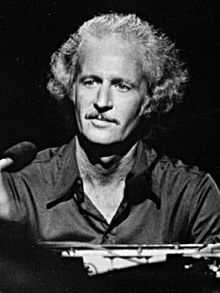
Three Wishes
When Nica broached the subject of three wishes with Mose Allison he had but one reply:
- “If that ever happened to me, the first would be that every individual would contain his own destructiveness. And if this wish was granted, I wouldn’t need the others.”
*Excerpt from Three Wishes: An Intimate Look at Jazz Greats ~ Compiled and Photographed by Pannonica de Koenigswarter
More Posts: baroness,history,instrumental,jazz,music,pannonica,piano,songwriter,three,vocal,wishes
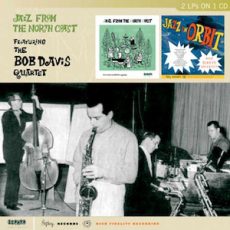
Daily Dose Of Jazz…
Bob Davis was born on July 26, 1927 in Cosmos, Minnesota and was directly inspired by the efforts of his mother, a pianist who frequently hit the road with touring bands. He began his music career as a drummer and by age 13 had been absorbed into a family band. Leaving home meant not only no longer backing up his mother, but a chance to play piano himself. By the age of 18, his piano styles were ahead of his time and he was playing improvisational jazz with some of the greats.
Davis spent a couple of years gigging with Herbie Fields prior to starting his own group, which was active through the ’50s and recorded for several small labels, The group featuring fellow Minneapolis drummer Bill Blakkestad gigged frequently around the Midwest, including Chicago, Illinois. Though influenced by Oscar Peterson and Bud Powell, he saw advantages in Nashville and established a relationship with guitarist and producer Chet Atkins on the 1953 Jazz from the Hills project that led to other session work.
He recorded three great albums, in addition to recording with Sarah Vaughn, Al Hirt, Dizzy Gillespie. He also was musical director for Playboy Clubs, taught as a music college & high school professor, and was a promoter and agent for music giants such as the Jacksons and Tina Turner. He continued playing jazz and ballads in concerts and clubs into his older years while living most of his life in Miami, Florida. After retiring at the age of 69, Bob continued to play incomparable jazz feats.
In his last days, pianist, educator, promoter and agent Bob Davis retired from music, suffering from bone cancer which robbed him of the joy of playing music.
More Posts: bandleader,history,instrumental,jazz,music,piano
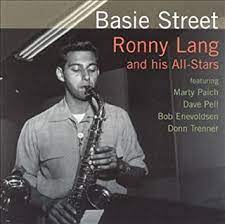
Daily Dose Of Jazz…
Ronnie Lang was born July 24, 1929 in Chicago, Illinois. Sometimes spelled Ronny, his professional début was with Hoagy Carmichael’s Teenagers. He went on to play for a year with Earle Spencer in 1946, then with Ike Carpenter, and Skinnay Ennis the following year.
Gained attention during his two tenures with Les Brown’s Orchestra between 1949–50 and 1953 to 1956, he recorded with the Dave Pell Octet in the mid-1950s. During this time he moved to California and attended Los Angeles State College of Applied Arts and Sciences studying music and woodwinds.
By 1958 he had become a prolific and busy studio musician in Los Angeles, often employed by Henry Mancini. Ronnie played the iconic sax melodic line in Bernard Herrmann’s score for the 1976 movie Taxi Driver. He also recorded with Pete Rugolo, Bob Thiele, and Peggy Lee.
Alto saxophonist Ronnie Lang, who also played flute and clarinet in the bop, progressive, big band, swing idioms, is now retired at 92.
More Posts: bandleader,clarinet,flute,history,instrumental,jazz,music,saxophone
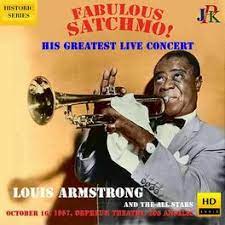
Daily Dose Of Jazz…
Danny Barcelona was born on July 23, 1929 in Waipahu, a community of Honolulu, Hawaii. A self taught percussionist, by the age of 18 in his final year in high school, he was already playing music with trombonist, singer, and bandleader Trummy Young, joining his Hawaii All-Stars in the early Fifties. When Young left to join Louis Armstrong’s combo in 1952, he assumed leadership of the band, a sextet known as the Hawaiian Dixieland All-Stars. They would tour the Hawaiian Islands, Japan and the rest of the Far East.
Danny was introduced to Louis Armstrong by Young in 1956 and upon his recommendation, in 1958 at the age of 27 became Armstrong’s drummer for 15 years. As a Filipino-American, Armstrong would frequently introduce him to audiences as The Little Filipino Boy, then follow up by calling himself the Little Arabian Boy.
He appears on more than 130 of Armstrong’s recordings including Hello, Dolly! and What a Wonderful World. He toured with Armstrong and Young around the world until illness took Armstrong and he returned to Hawaii. There he became a longtime performer at the Hilton Hawaiian Village Hotel, and worked for many years at Harry’s Music Store and the Easy Music Center.
In 1979, he returned to the mainland and settled with his family in Monterey Park, California. Drummer Danny Barcelona transitioned in Monterey Park on April 1, 2007, due to complications from cancer at the age of 77.
More Posts: drums,history,instrumental,jazz,music


